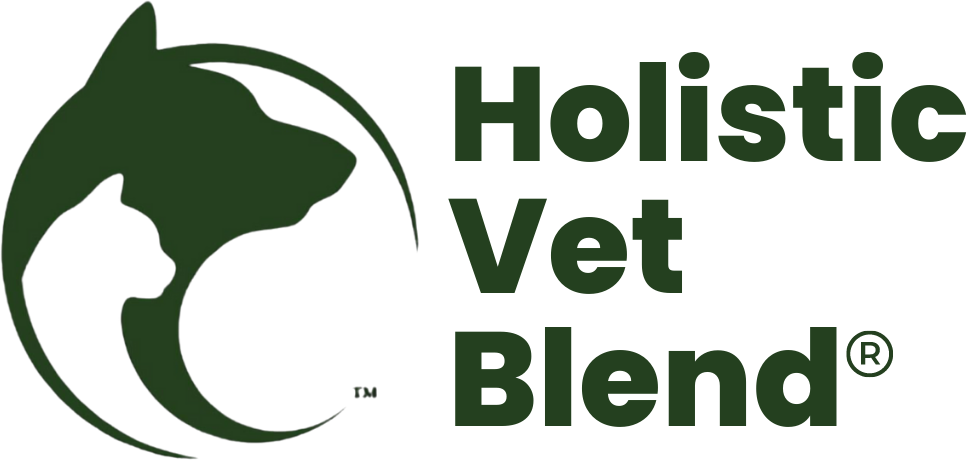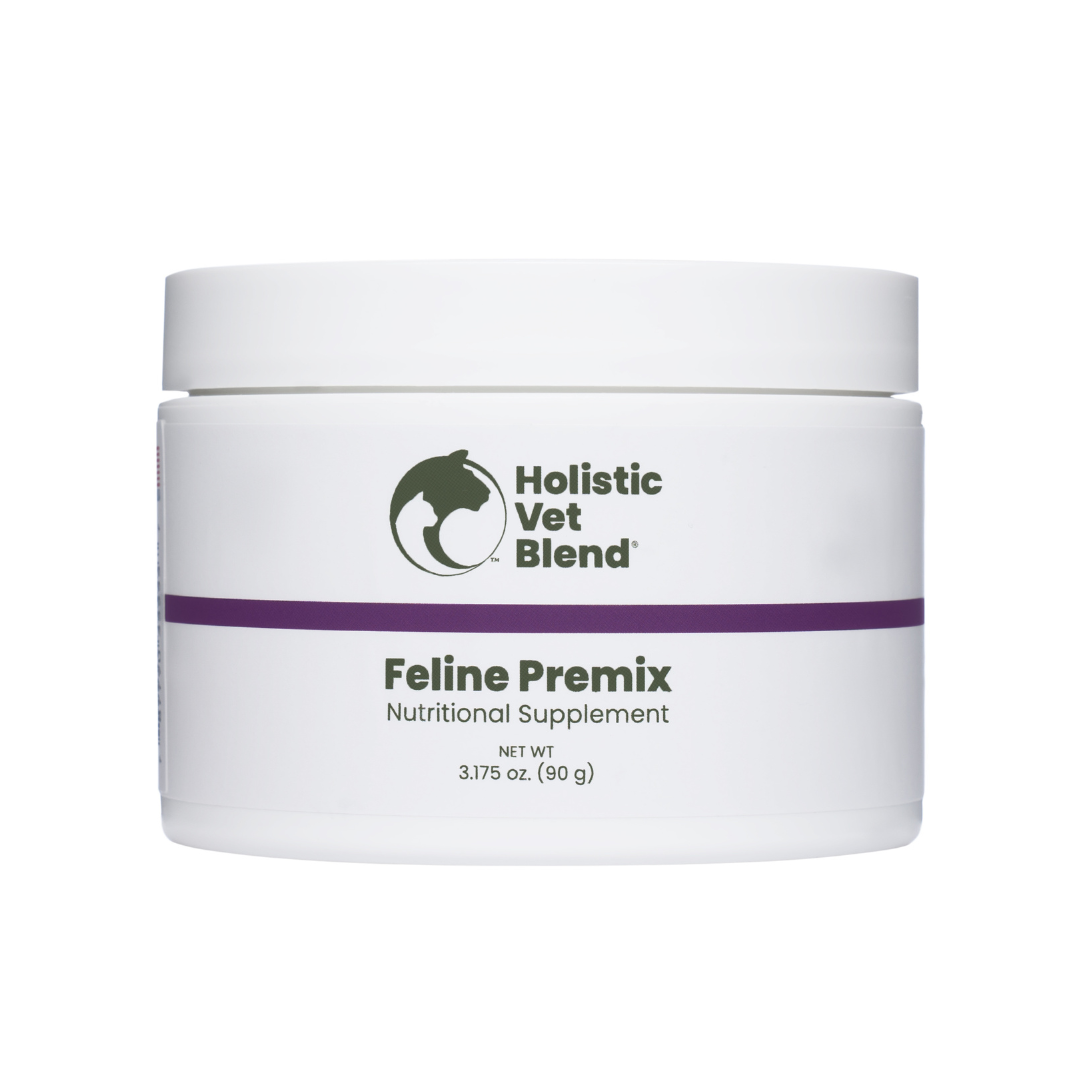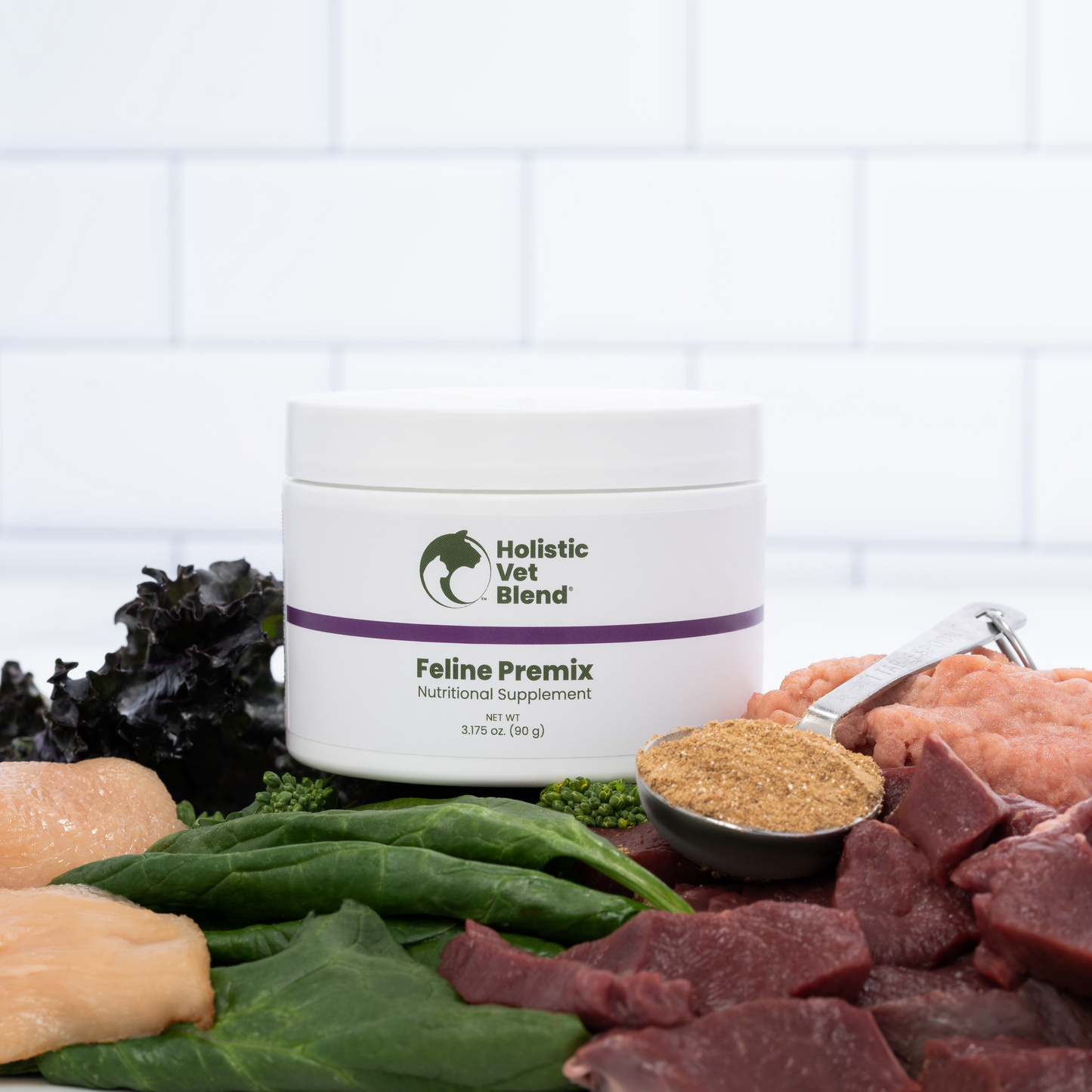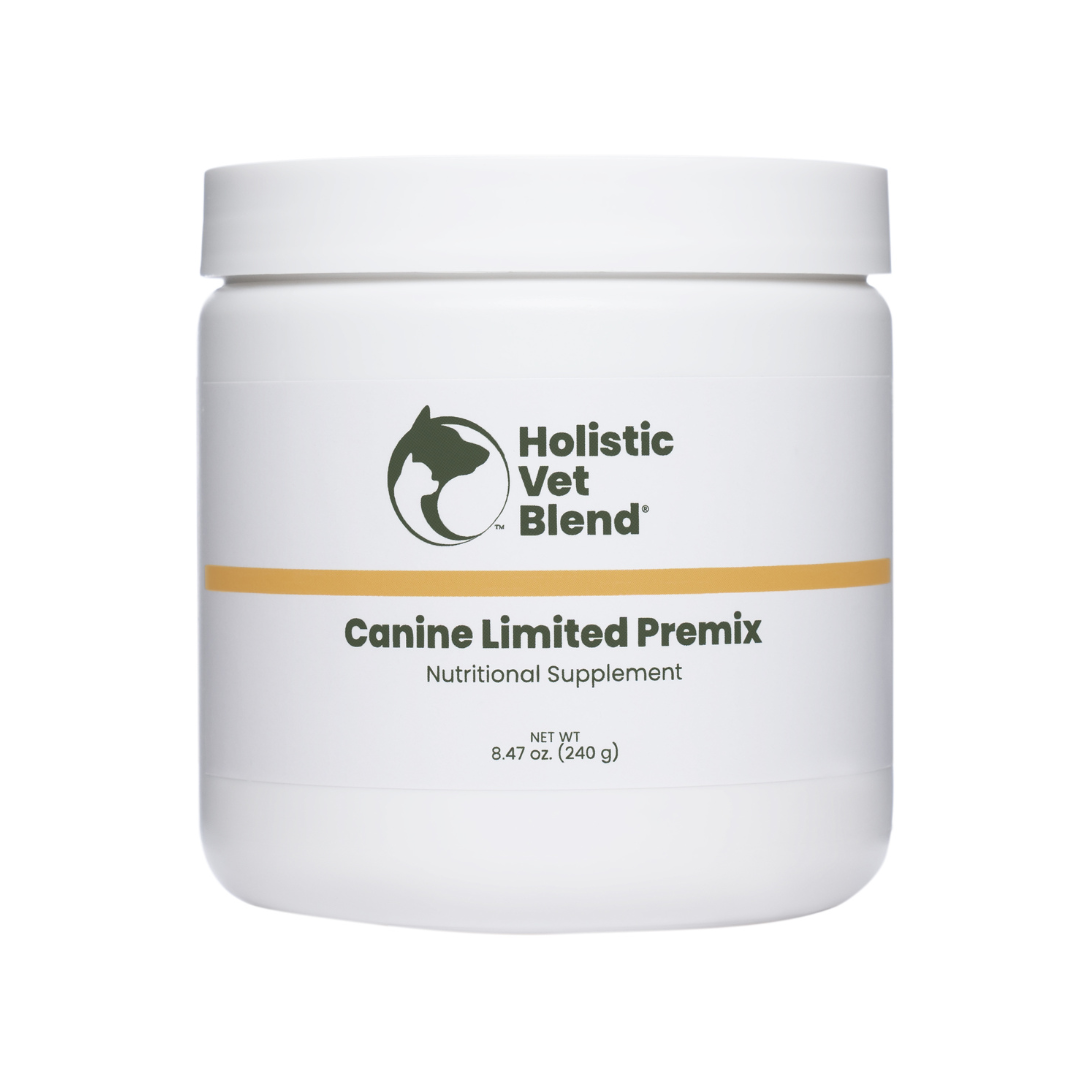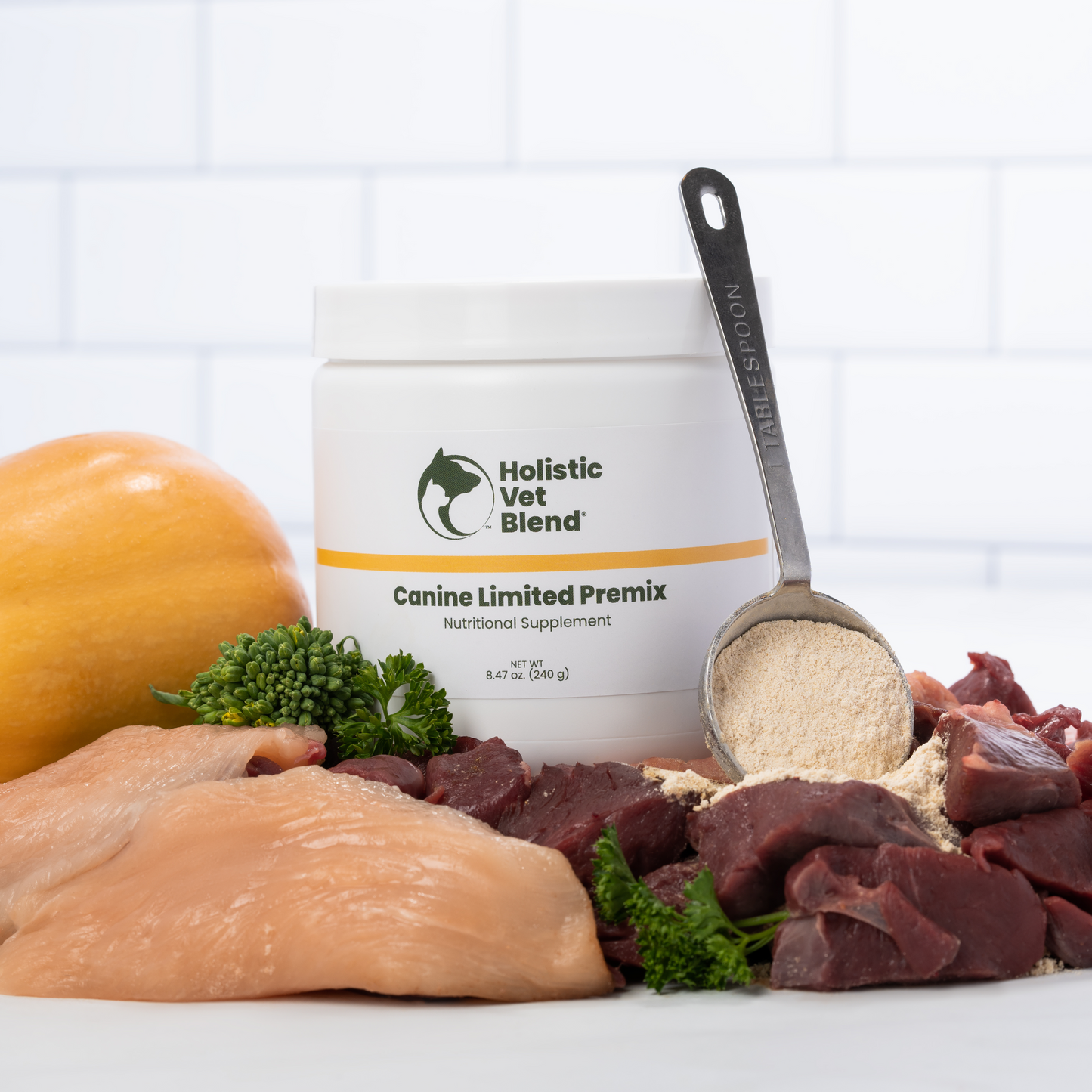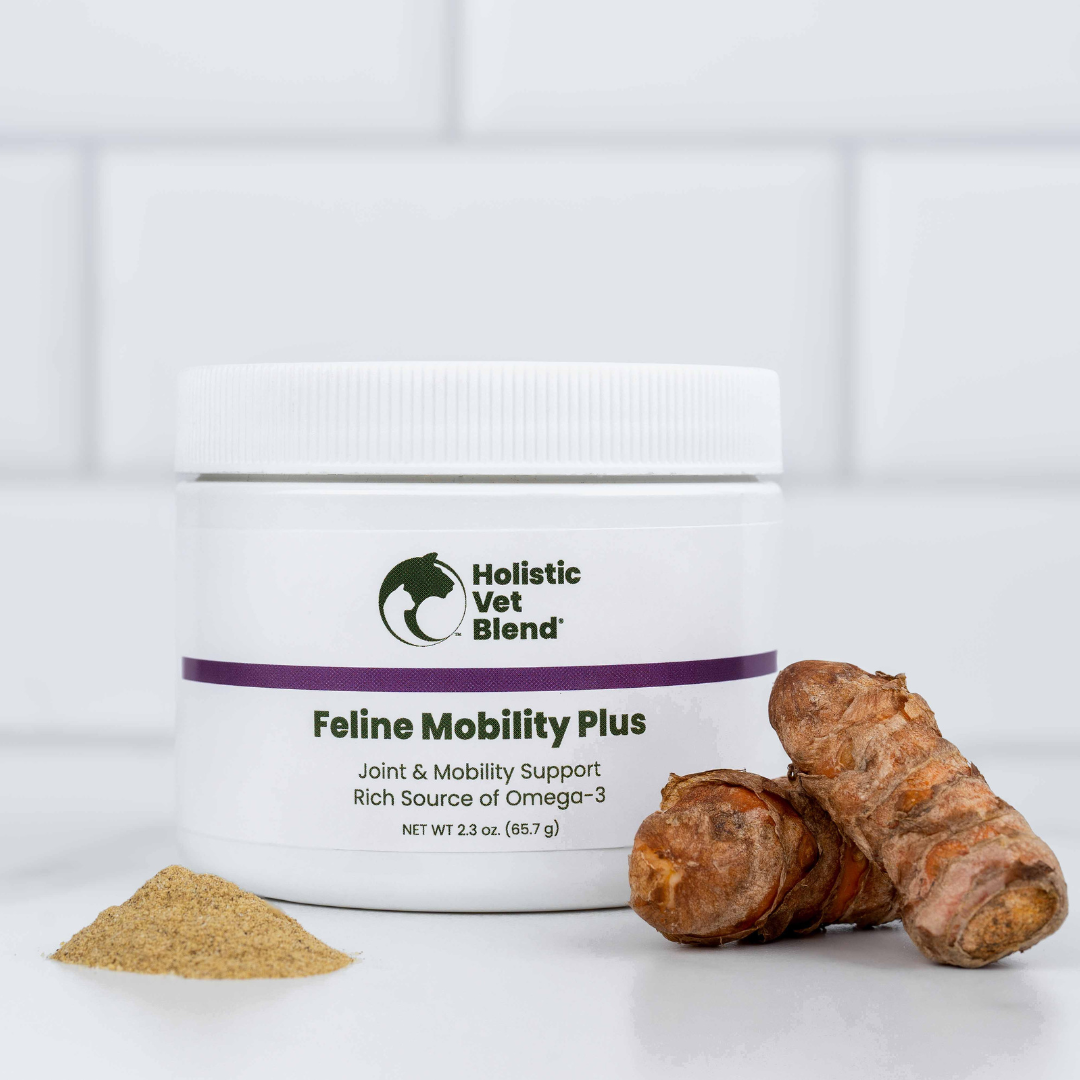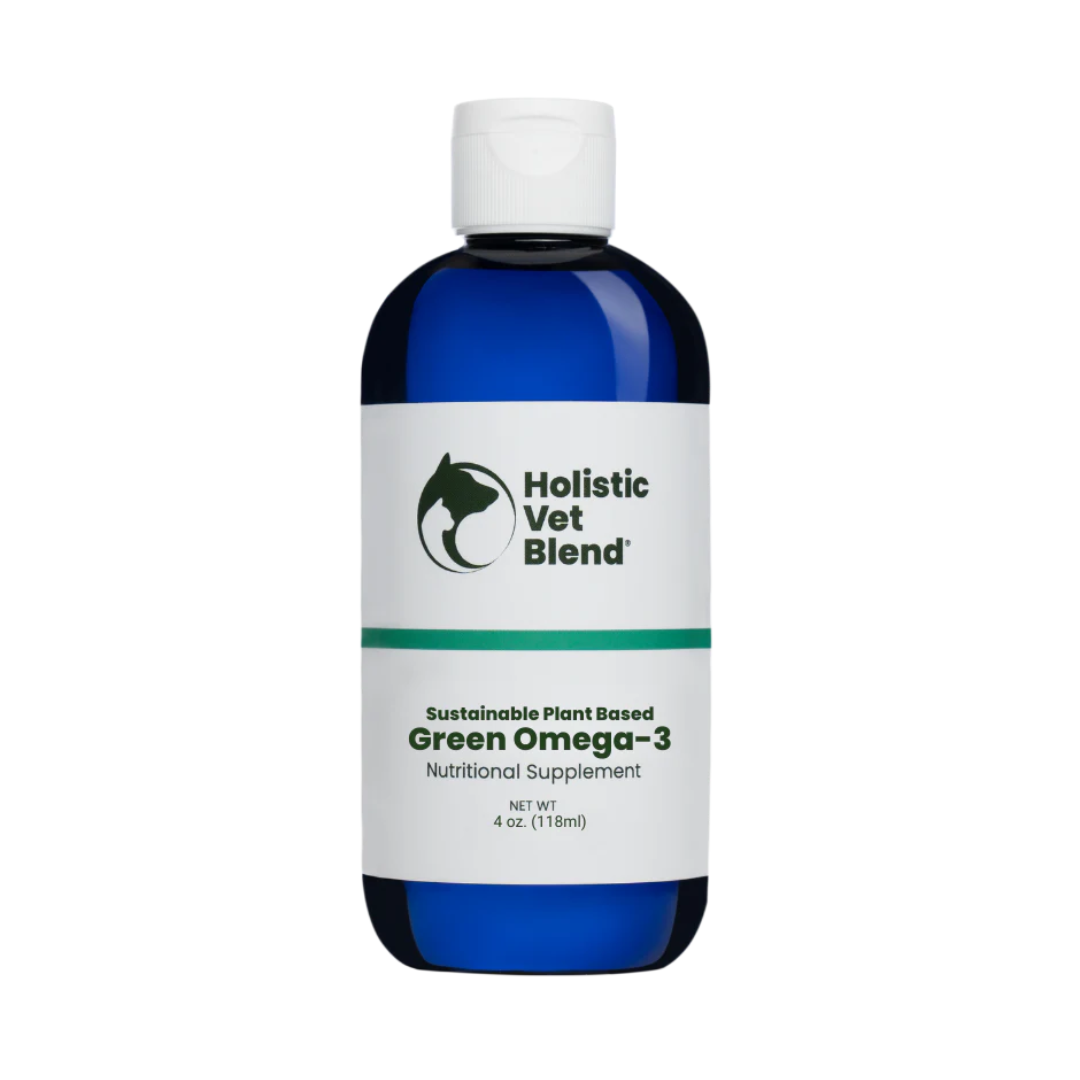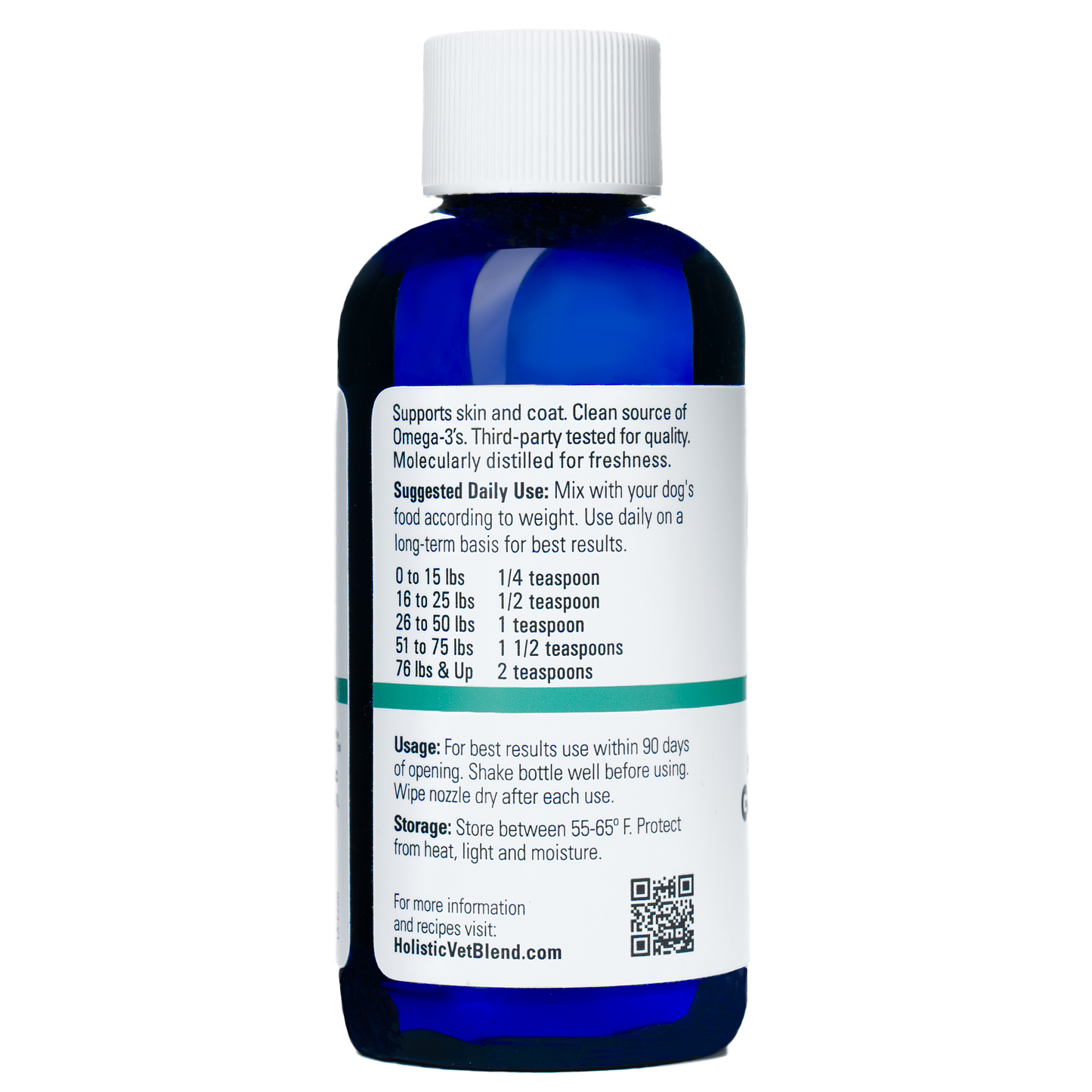
Key Highlights
- Low phosphorus cat food is specifically designed to support kidney health in cats, particularly those diagnosed with chronic kidney disease (CKD).
- Phosphorus intake plays a critical role in maintaining proper kidney function and mitigating waste accumulation.
- Excessive phosphorus levels can contribute to chronic renal failure, metabolic acidosis, and other health risks.
- Therapeutic kidney foods and prescription diets are formulated with reduced phosphorus content and added essential nutrients, such as omega-3 fatty acids and potassium.
- Proper dietary changes can slow the progression of CKD, manage symptoms, and improve your cat’s overall quality of life.
Introduction
Phosphorus is a crucial mineral in every cat’s diet – it builds strong bones, teeth, and helps fuel cellular energy. However, as cats age, excessive phosphorus can become dangerous. In older felines (and those with early kidney disease), controlling phosphorus intake is vital to protect kidney health. Proactive cat parents often seek low phosphorus cat food without a prescription to support their senior cats’ kidneys in a natural, whole-food way. In this post, we’ll explain why phosphorus matters, when to restrict it, and how to nourish mature cats with kidney-friendly, moisture-rich diets. You’ll learn why high phosphorus is a concern, why protein quality is more important than protein restriction, how organic vs. inorganic phosphorus differ in cat foods, and the hidden risks of ultra-processed kibble (like AGEs and dehydration). We’ll also highlight a holistic non-prescription solution – Holistic Vet Blend Feline Senior Blend – and provide a handy nutrient target table for senior cat diets.
Why Phosphorus Matters
Phosphorus is an essential mineral for cats, crucial for maintaining their health. In fact, phosphorus is the second most abundant mineral in the feline body (after calcium). Below, we outline the recommended phosphorus intake for adult cats and explain why phosphorus is crucial to feline physiology, including its roles in bone health, metabolism, and cellular function.
AAFCO and NRC Phosphorus Requirements for Adult Cats
Nutritional guidelines for cat food specify how much phosphorus an adult cat needs for maintenance (not including growth or reproduction). Two key authorities provide these guidelines:
- AAFCO (Association of American Feed Control Officials) – Adult Maintenance Minimum: 1.25 grams of phosphorus per 1,000 kcal of metabolizable energy (ME). (This is equivalent to about 0.5% phosphorus on a dry matter basis in cat food.) Pet foods formulated for adult maintenance should meet or exceed this level.
- NRC (National Research Council) – Adult Recommended Allowance: 0.6 grams of phosphorus per 1,000 kcal ME, with a reported minimum requirement of about 0.4 g/1,000 kcal for adult cats.
These values apply to adult cats at maintenance (i.e., cats that have finished growing and are not pregnant or lactating). Adhering to these guidelines helps ensure cat owners can feed sufficient phosphorus for optimal health without excessive amounts.
Phosphorus’s Role in Feline Physiology
Phosphorus plays numerous vital roles in a cat’s body, contributing to skeletal integrity, energy metabolism, and overall cellular function:
- Bone and Skeletal Health: Phosphorus is the second most abundant mineral in a cat’s body, and about 85% of the body’s phosphorus is stored in the bones and teeth. Together with calcium, it helps build and maintain strong bones – in fact, bone tissue is largely composed of calcium-phosphate compounds. A proper calcium-to-phosphorus ratio (around 1:1 in the body) is important for skeletal health, and phosphorus in tandem with calcium provides the structural strength for bones and teeth.
- Energy Production and Metabolism: Phosphorus is crucial for cellular energy metabolism. Notably, it is a key component of ATP (adenosine triphosphate) – the molecule that carries energy within cells. The "P" in ATP stands for phosphate, which contains phosphorus; when ATP’s high-energy phosphate bonds are broken, energy is released to fuel biological processes. This means phosphorus is directly involved in the storage and release of energy. Additionally, phosphorus plays a crucial role in how the body utilizes nutrients such as carbohydrates and fats, facilitating their conversion into usable energy during metabolism. Without enough phosphorus, a cat’s ability to produce ATP and utilize energy would be impaired.
- Cellular Functions: Phosphorus is present in every living cell of a cat’s body and is essential for numerous cellular functions. It is a component of DNA and RNA – the genetic material of cells – forming part of the backbone of these molecules. Phosphorus is also a major part of phospholipids, which are the building blocks of cell membranes, thereby contributing to cell structure and integrity.
Essential Yet Concerning for Senior Cats
Phosphorus is essential for cats – it works with calcium to form bone, and it’s involved in almost every metabolic process. In healthy adult cats, diets naturally contain ample phosphorus. The issue arises in senior cats: as cats age or develop kidney insufficiency, their kidneys struggle to eliminate excess phosphorus. Too much dietary phosphorus can then become harmful, accelerating kidney damage. In fact, high phosphorus intake has been linked to faster progression of chronic kidney disease (CKD) and higher mortality in cats due to elevated levels of phosphorus in the blood.
Feline CKD research confirms the key issues related to the risk: feeding cats a high-phosphorus diet can cause kidney injury even in healthy cats. A landmark 2018 study found that cats fed a diet with approximately five times the recommended phosphorus level developed kidney damage markers after just 30 days. It’s not that phosphorus is “toxic” by itself – the dose and bioavailability make the poison. Cats absolutely need some phosphorus, but excess phosphorus (especially if highly absorbable) puts strain on the kidneys and can lead to issues like mineral imbalances, calcium deposits, and renal tissue damage over time. In older cats or those with any kidney compromise, this becomes a serious concern.
Bottom line: Phosphorus is a double-edged sword for felines – vital in youth and health, but not a good choice in higher levels for aging kidneys. That’s why veterinarians often recommend limiting phosphorus intake in senior cats and CKD patients to help protect those hard-working kidneys. Next, we’ll discuss when you should consider a phosphorus-restricted diet for your cat.
Risks of Excess Phosphorus for Cats
While Phosphorus is essential, excess phosphorus content can put a strain on the kidneys of cats with renal disease. When there is an excessive amount of phosphorus, the kidneys struggle to remove waste products from the blood. This allows toxins to accumulate in the body, exacerbating the symptoms.
When (and Why) to Limit Phosphorus in Your Cat’s Diet
Not every older cat needs a low-phosphorus diet by default, but many senior cats benefit from moderated phosphorus levels, and it’s critical for any cat with kidney issues. Early intervention is key. Veterinary kidney specialists advise phosphorus restriction once even mild CKD is detected. In practice, if lab tests like an SDMA blood test or a low urine specific gravity indicate declining kidney function in your middle-aged or senior cat, it’s wise to immediately transition to a low phosphorus cat food. By reducing dietary phosphorus at the first sign of trouble, you can delay the progression of kidney disease and prevent secondary complications.
Even if your senior cat hasn’t been diagnosed with CKD, it doesn’t hurt to be mindful of phosphorus, especially considering the order of phosphorus in potential diets. Older cats are more prone to developing chronic kidney disease with age. Many holistic vets take a preventative approach: by feeding a moderate-phosphorus diet to cats earlier (or earlier if other risk factors are present), you reduce the long-term burden on the kidneys. Think of it as being proactive – you’re giving your cat’s kidneys less waste to process, thereby preserving their function longer. High phosphorus isn’t just a problem after kidney disease develops; there’s evidence it might contribute to kidney damage in the first place. Studies show that healthy adult cats can suffer kidney stress when fed excessive phosphorus (especially from artificial sources), which suggests high-phosphorus diets could be one environmental factor in kidney disease development.
In summary, phosphorus restriction becomes important for cats as they enter their senior years and certainly at the earliest hint of kidney decline. By starting a kidney-friendly diet early – rather than waiting until your cat is seriously ill – you’re investing in their future health. Controlled phosphorus levels (along with plenty of water and other diet tweaks we’ll discuss) can literally add years to a cat’s life. It’s one of the main reasons therapeutic renal diets have been shown to extend lifespan 2–3x in cats with CKD compared to standard diets. The goal is to reduce phosphorus intake before high blood phosphorus (hyperphosphatemia) occurs, since elevated blood phosphate causes appetite loss, weak bones, and further kidney damage. Keep in mind that restricting phosphorus does not mean malnutrition – we still must meet minimum needs – but it means avoiding the excess found in many conventional cat foods.
Protein: Focus on Quality, Not Just Restriction
One common misconception about kidney diets is that they must be low in protein. It’s true that protein contributes some phosphorus, and in late-stage kidney failure excess protein waste products can worsen symptoms. However, senior cats need ample protein to maintain muscle mass and overall health. We should be careful not to overly restrict protein unless it’s medically necessary. Extreme protein restriction can do more harm than good, leading to muscle wasting, weight loss, and a depressed immune system. Cats are obligate carnivores, evolved to thrive on protein, and even older cats have a relatively high protein requirement for tissue repair and preventing age-related muscle loss.
Modern thinking (and holistic veterinary practice) emphasizes protein quality over quantity. Rather than feeding a low-protein diet, we feed high-quality, highly digestible protein in moderate amounts. In other words, choose real, whole-food protein sources – e.g. muscle meats or eggs – that are rich in essential amino acids and produce fewer waste by-products. These proteins are easier on the kidneys because they’re efficiently utilized by the body. By contrast, low-quality proteins (like plant glutens or animal by-product meals found in cheap kibbles) generate more metabolic waste and often contain added phosphorus (as preservatives) with less nutritional value. It’s a lose-lose: the cat’s body can’t use poor proteins well, yet the kidneys have to work overtime to excrete the excess nitrogen and phosphorus they generate.
Veterinary nutritionists now advise “restricted high-quality protein” for kidney patients, not “low protein at all costs”. This means the diet is formulated with slightly less protein than a normal adult diet, but every protein gram is effective nutrition (coming from animal sources, not fillers). The goal is to minimize nitrogenous waste and phosphorus, without tipping the cat into protein malnutrition. In early CKD or for healthy seniors, many experts actually argue there is no benefit to protein restriction if phosphorus is controlled. In these cases, you can feed normal or only mildly reduced protein levels, as long as you use excellent protein sources and keep phosphorus low.
Finally, it’s worth noting that protein and phosphorus are linked – most phosphorus in cat food comes from protein ingredients. If we use lean meats and foods naturally low in phosphorus (or techniques like egg white which is high protein but low phosphorus), we can keep protein intake up while trimming phosphorus intake. Also, senior cats often need more protein per pound than younger adults, because their digestive absorption may be less efficient and they’re prone to muscle loss (sarcopenia of aging). So never put an older cat on a severely protein-restricted diet unless your veterinarian specifically prescribes it for advanced disease. A whole-food, high-quality protein diet with controlled phosphorus is ideal – it nourishes their muscles and organs, supports immunity, and still protects the kidneys. Cats deserve meat, even when managing kidney issues!
Moisture Matters: Combating Chronic Dehydration
Cats on a wet diet lap up hydration with every meal – a significant benefit for kidney health, especially in senior cats. Cats are desert animals by ancestry, and they have a naturally low thirst drive. In the wild, their prey provided most of their hydration. Modern indoor cats, which primarily eat dry food, often live in a state of mild dehydration. This chronic low-grade dehydration is a silent threat to kidney health. The kidneys’ job is to filter waste from blood and concentrate urine; without adequate water, the urine becomes too concentrated, and wastes and minerals can build up, irritating the kidneys and urinary tract.
Multiple veterinary experts have raised alarms that persistent dehydration may directly damage feline kidneys over time. As cats age, this problem is magnified: older cats are less efficient at conserving water and may have a blunted thirst response. They also tend to lose more fluids if they have conditions like early CKD, diabetes, or hyperthyroidism, which increase urine output. If the cat doesn’t drink enough to compensate, the kidneys not only suffer from lack of fluid flush, but the dehydration itself can cause kidney cells to die (the renal medulla relies on a delicate water balance). In fact, some researchers suspect that repeated bouts of dehydration contribute to the development and progression of CKD – essentially “wearing out” the kidneys faster.
The solution is simple: food choices that provide a moisture-rich diet and plenty of fresh water. Cats with kidney concerns should ideally be on wet food or a hydrated homemade diet (at least 70% moisture in their food). Canned, raw, or gently cooked diets can achieve this. If a cat will only eat kibble, you can add water or broth to it, but transitioning to at least some wet food is highly recommended. Veterinary kidney diets are almost all available in canned form for this reason – increasing dietary moisture is critical therapy for CKD cats. Moisture in food is far better at hydrating a cat than a water bowl alone, because cats naturally drink only about half the water they’d need when on dry food. A famous study showed even when dry-fed cats had free water, their total water intake was significantly lower than that of cats on wet food – they stayed mildly dehydrated. Over months and years, that difference matters.
Chronic dehydration doesn’t just affect kidneys; it can also contribute to constipation (common in CKD cats), lower urinary tract disease (like crystals or bladder irritation), and overall poor toxin clearance. The good news is that increasing your cat’s hydration is one of the easiest and most effective ways to support their kidneys. Offer water in multiple bowls or a fountain (some cats drink more from moving water). Incorporate wet meals daily. You can even mix a tablespoon of extra water into canned food – most cats won’t mind the “gravy.” Many holistic vets also recommend occasional snacks of low-sodium broths or meat juices (the liquid from a tuna can, for example, diluted with water) to entice drinking. And if your cat is in CKD, discuss with your vet the use of subcutaneous fluids or intravenous fluids at home to give them a hydration boost a few times a week.
To put it succinctly: Moisture is your mature cat’s best friend. A moisture-rich cat food for kidney disease management is not optional – it’s essential. By keeping your cat well-hydrated, you lighten the load on their kidneys and improve blood flow to kidney tissues. Combined with phosphorus control, this is a powerful one-two punch for protecting renal function.
Holistic Kidney Support: Low Carb Low Phosphorus Cat Food Without a Prescription
By now, it’s clear that an ideal diet for a cat with kidney concerns is one that is low in phosphorus, moisture-rich, moderate in high-quality protein content, and free of harsh processing or additives. Prescription kidney diets meet many of these criteria. Still, not every cat will eat them – and some pet parents prefer a whole-food approach without relying on prescription formulas (which can be high in carbs or contain by-products).
One promising approach is to prepare homemade or customized meals using a veterinary-formulated supplement blend. That includes essential fatty acids. For example, Holistic Vet Blend Feline Senior Blend is a nutrient premix designed by a holistic veterinarian specifically for senior cats. This premix, when added to fresh ingredients, creates a complete and balanced diet that is lower in phosphorus (around 0.5% phosphorus) yet high in natural, whole-food protein. According to the company’s info, the Feline Senior (Mature) Blend provides “the lowest phosphorus levels possible for a maintenance diet, with added fiber and B vitamins to support kidney and digestive health.” This means you can cook for your cat (or feed raw, if you prefer) using real meats and veggies, and the premix ensures all vitamins/minerals are in place – while keeping phosphorus minimal for kidney support.
The added B vitamins in this blend are essential because cats with CKD often lose water-soluble B vitamins in urine and benefit from extra B supplementation to maintain appetite and energy, aligning with the nutritional requirements of CKD cats. The additional fiber helps in a few ways: it supports digestive regularity (constipation is common in CKD), it can aid in binding some nitrogenous waste in the gut, and it helps keep cats feeling satiated and hydrated (fiber holds moisture in the GI tract). Essentially, this holistic formulation addresses many facets of senior cat nutrition: ultra-low phosphorus for the kidneys, B-vitamin boost for metabolism and energy, fiber for gut health and toxin elimination, and of course a full spectrum of other nutrients to ensure the diet is balanced.
Another advantage of a premix approach is the control over ingredients. You can choose high-quality proteins (e.g. ground turkey or rabbit, eggs, etc.) that your cat loves and tolerates well. You avoid the ultra-processing – no extruded kibble or mystery meat in a bag – and you can gently cook the food to make it more digestible. Holistic Vet Blend, for instance, emphasizes using real food “you’d feed your family” and simple preparation (their recipes can be cooked in 15 minutes). Pet parents who go this route often report not only improvements in lab numbers, but also in the cat’s coat quality, energy, and appetite, likely because the diet is so fresh and bioavailable.
Of course, whether using a premix or formulating a diet from scratch, it’s wise to consult with a veterinarian (ideally one with nutrition experience) to tailor the plan to your cat. Some senior cats with advanced CKD might still need a prescription diet or a phosphate binder medication if diet alone can’t control phosphorus. In fact, Holistic Vet Blend notes their senior premix is not for cats with uncontrolled late-stage CKD with very high phosphorus – those cats may need medical management in addition to diet. But for early to moderate kidney issues, or as a preventive diet for older cats, a holistic homemade regimen can be both effective and empowering for pet parents.
In summary, a non-prescription kidney support diet is very achievable. Whether you use a product like Holistic Vet Blend’s Senior premix or carefully select a commercial senior cat food known for lower phosphorus, the key is to mimic what prescription diets do right (low P, extra water, added B vitamins) while using whole ingredients and avoiding what they do wrong (ultraprocessed fillers). Many holistic veterinarians have seen patients stabilize or even improve on such diets. Always transition diets gradually and monitor your cat’s bloodwork to ensure the new diet is agreeing with them. With dedication, you can indeed feed a feline kidney support diet that is wholesome, delicious, and prescription-free – and most importantly, give your cat the nutrition they need to thrive in their golden years
Holistic Vet Blend Senior Feline Diet
I recently tested three batches of our Senior Feline Diet (Bison, Lamb, and Turkey). The phosphorus content on a dry matter basis of the recipes ranged from 0.5 to 0.68% based on the main ingredients. This turkey recipe is balanced per AAFCO guidelines for maintenance.
Ingredients:
1 pound 85% lean ground turkey
2 ounces coconut oil
2 ounces of spinach
1 egg
1 cup of water
15 grams of Holistic Vet Blend Senior Feline premix
1/2 tsp of Holistic Vet Blend wild-caught fish oil
Directions:
- Lightly cook the meat in melted coconut oil (5-6 minutes).
- Add one egg and 2 ounces of spinach. Allow the spinach to wilt and the egg to cook (an additional 2-3 minutes), when last traces of pink are gone.
- Add 1 cup of water and cool the recipe before adding the premix and fish oil.
- Mix in the premix and fish oil until the desired consistency (pate or chunky). I use a handheld stick blender.
- The recipe will last 5-7 days for the average cat.
Feeding Guide:
High Quality Protein Low Phosphorus Cat Food Vs. Low protein and Low Phosphorus Diet for Cats
To recap the dietary goals, here is a summary of key nutrient targets and recommendations for a senior/CKD-friendly cat diet:
|
Nutrient/Factor |
Target Levels |
|---|---|
|
Phosphorus (DM%) |
≤0.5% dry matter in renal prescription food. This is the level in therapeutic kidney diets, which is lower than typical adult cat food (0.8–1% DM). Keeping phosphorus around 0.3–0.6% DM helps protect kidneys. |
|
Protein |
High-quality animal protein (e.g. poultry, rabbit, eggs). Quantity should be moderate, not severely restricted – enough to maintain muscle mass. Avoid high-ash meats and excessive protein waste. Do not use low-protein “renal” diets unless in late-stage CKD. Focus on digestibility and amino acid quality. |
|
Moisture |
70–80% moisture (feed wet, raw, or rehydrated food). Aim for a moisture-rich cat food for kidney disease management – cats should get a lot of water from their diet. Ensure plenty of fresh drinking water is always available as well. |
|
Fiber |
Moderate fiber (soluble preferred), around 2–5% of diet. Added fiber (like inulin, psyllium, or pumpkin) supports gut health, helps prevent constipation, and may aid in nitrogen waste excretion by feeding beneficial gut bacteria. It also provides extra volume to help cats feel full when protein and phosphorus are restricted. |
|
Vitamins & Supplements |
B-Complex Vitamins: added B vitamins (especially B12, B6, folate) to compensate for losses in urine and support appetite and energy. Antioxidants: vitamin E, vitamin C, or others to combat oxidative stress in kidneys. Omega-3 fatty acids: (EPA/DHA) from fish oil to reduce renal inflammation. Potassium: often increased in kidney diets to counteract losses. Avoid high sodium. Always use supplements under vet guidance. |
|
EPA + DHA ≥ 0.3–0.5% DM, or 80–120 mg/kg body weight/day from marine sources (fish/algal oil). Reduces inflammation, slows CKD progression, supports renal blood flow, appetite, and lean body mass. Prefer purified fish oils (e.g. anchovy, sardine) over plant-based ALA sources. |
These targets provide a framework for the best food for senior cats with CKD or early kidney issues. As you can see, it’s not about one nutrient alone but a holistic balance: low phosphorus, sufficient high-grade protein, plenty of water, beneficial fiber, and supportive micronutrients. Using these guidelines, you can evaluate cat food labels or recipes and choose the option that closely aligns with a kidney-supportive profile.
Conclusion
Managing an aging cat’s nutritional needs may seem daunting, but with the proper knowledge, you can make a profound difference in their health. Phosphorus control is paramount – it’s the most critical factor to slow kidney damage. Yet we must also keep our cats well-nourished with quality protein and hydrated with abundant moisture. By avoiding unnecessary additives and ultraprocessed ingredients, we reduce metabolic stress (like AGE accumulation and excessive phosphorus load) on their bodies. Whether you opt for a prescription renal diet, a carefully chosen over-the-counter wet food, or a homemade regimen with a holistic premix, remember that every cat is an individual. Monitor their weight, muscle condition, hydration, and blood values on a regular basis. Work closely with your veterinarian, and don’t be afraid to ask about integrative approaches – many vets now recognize the value of whole-food nutrition in conjunction with traditional therapies.
Above all, stay positive and proactive. Cats with kidney challenges can live many happy years with the right care. By providing a diet tailored to your senior cat’s needs, you are being a truly proactive cat parent and giving them the best chance at longevity and comfort. Low phosphorus, high love – that’s the recipe for helping your mature feline friend thrive.
References: Nutritional recommendations and research findings were sourced from veterinary studies and expert guidelines, including the Journal of Feline Medicine and Surgery, Journal of Veterinary Internal Medicine, and the Cornell Feline Health Center. These underscore the importance of phosphorus restriction, hydration, and balanced nutrition in feline kidney health. All changes to your cat’s diet should be done gradually and in consultation with your vet. Here’s to healthy kidneys and happy cats!
Frequently Asked Questions
What is considered low phosphorus cat food for kidney disease?
Low phosphorus content in cat food is usually about 0.3% to 0.5% on a dry matter basis in prescription kidney diets.
Can healthy cats eat low protein and phosphorus cat food?
The lower phosphorus and protein levels in this type of food are made for cats with CKD, not for healthy cats.
What are the signs that my cat needs a low phosphorus diet?
Signs that your cat may require a low-phosphorus diet include loss of appetite, weight loss, mouth ulcers, and when levels of blood urea nitrogen (BUN), creatinine, and Phosphorus increase in bloodwork.
Are prescription diets necessary for all cats with kidney concerns?
Prescription diets are often suggested for cats with CKD, but they are not always needed if the kidney issues are mild. Restricting protein too early may lead to muscle loss. Consult with a holistic veterinarian to see if there is an alternative for your situation, and when the right time arises to restrict protein. Choosing a maintenance diet with the lowest possible Phosphorus and mixing it with a prescription diet is an option.
How do I transition my cat to a cat food with low phosphorus levels?
Transitioning your cat’s food should be done slowly over 7 to 10 days. It's always a good idea to mix the new low-phosphorus food with their regular diet. Each day, add more of the new food and gradually reduce the amount of the old food. Transitioning from dry cat food can be challenging and requires patience.
